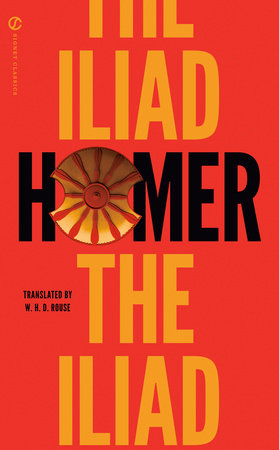In an attempt to keep the open dimension of language indeed open (à la Foucault), I offer this late, preliminary, and provisional commentary on “9/11.“
9/11 is an American quasi-logo denoting the terrorist attacks of September 11, 2001, which becomes in its use an ideogram in which we continually re-inscribe the Twin Towers. Lower Manhattan is the public face of those attacks: the destruction of the World Trade Center and the ever-present absence of those towers, which since have been temporarily replaced with columns of smoke, light displays, and nothing.
Throughout history, major events (read: battles) have always been site-specific and therefore marked geographically: Carthage, Troy, Waterloo, Crimea, and the Alamo. Even in our Christian teleological worldview, the battle at the end of history (the battle to end all history) is geo-positioned: “Armageddon” is the Latinized-Anglicization of Mount Megiddo in modern-day Israel. However, in our naming 9/11, we seek to remove it from the realm of merely human, merely earthly events, displacing its geographical specificity (that is, New York, Washington, D.C., and rural Pennsylvania) and assigning it instead a place in history. 9/11 is, after all, a historical date.
Derrida reminds us that “referring to an event with a date automatically gives it historical stature: it monumentalizes it” (Borradori 148). Yet it is a date on the Gregorian calendar, a calendar with its origin in Roman Catholic Europe. So, when we write 9/11, we not only inscribe the World Trade Center again and again, we too denote our own Christian and European heritages as Americans (as well as perhaps deny our indebtedness to Africa, Asia, the Middle East, as well as Latin America). The use of the month before the day, however, specifically indicates the style typically employed in the United States. Thus, 9/11 is also an inscription of American exceptionalism and difference. But every date on every calendar repeats every year; therefore, we cannot completely extract the marker of those events, dispersing them into pure timelessness and monumentalization. September 11 will repeat, even if that particular September 11 is over and done with.
9/11 too denotes the fragmentary and fractional—a literal fraction (nine-elevenths): a whole unit minus and missing two pieces—the Twin Towers. Most significant, however, is the fact that despite all the rhetoric of us (Americans) versus them (the Muslims or the Arabs), we Americans use what is commonly referred to as “Arabic numerals.” Considered an important milestone in the development of mathematics, these numbers were developed around 400 BCE in India and were later transferred via the Persians to Western Europe. Therefore, 9/11, in this way, also exposes our reliance on Eastern “others,” including Arabs, for the development and advancement of our science and technology sectors that would come to create skyscrapers and jet airliners in the first place.
Ultimately, there could be no “us” without “them.” 9/11, therefore, inscribes as well as denies a common world heritage and a common world event.
If you found this essay interesting, you might also like these related posts: Whose Tragedy is it Anyway? and Photographing the Disaster.
Blanchot, Maurice. The Writing of the Disaster. Trans. Ann Smock. Lincoln: U of Nebraska P, 1995.
Borradori, Giovanna. Philosophy in a Time of Terror: Dialogues with Jürgen Habermas and Jacques Derrida. Chicago: U of Chicago P, 2003.
Foucault, Michel. The Order of Things: An Archaeology of the Human Sciences. New York: Vintage, 1994.
Wiesel, Elie. “The Holocaust as Literary Inspiration.” Dimensions of the Holocaust. 2nd ed. Evanston, IL: Northwestern UP, 1990. 5 – 19.

